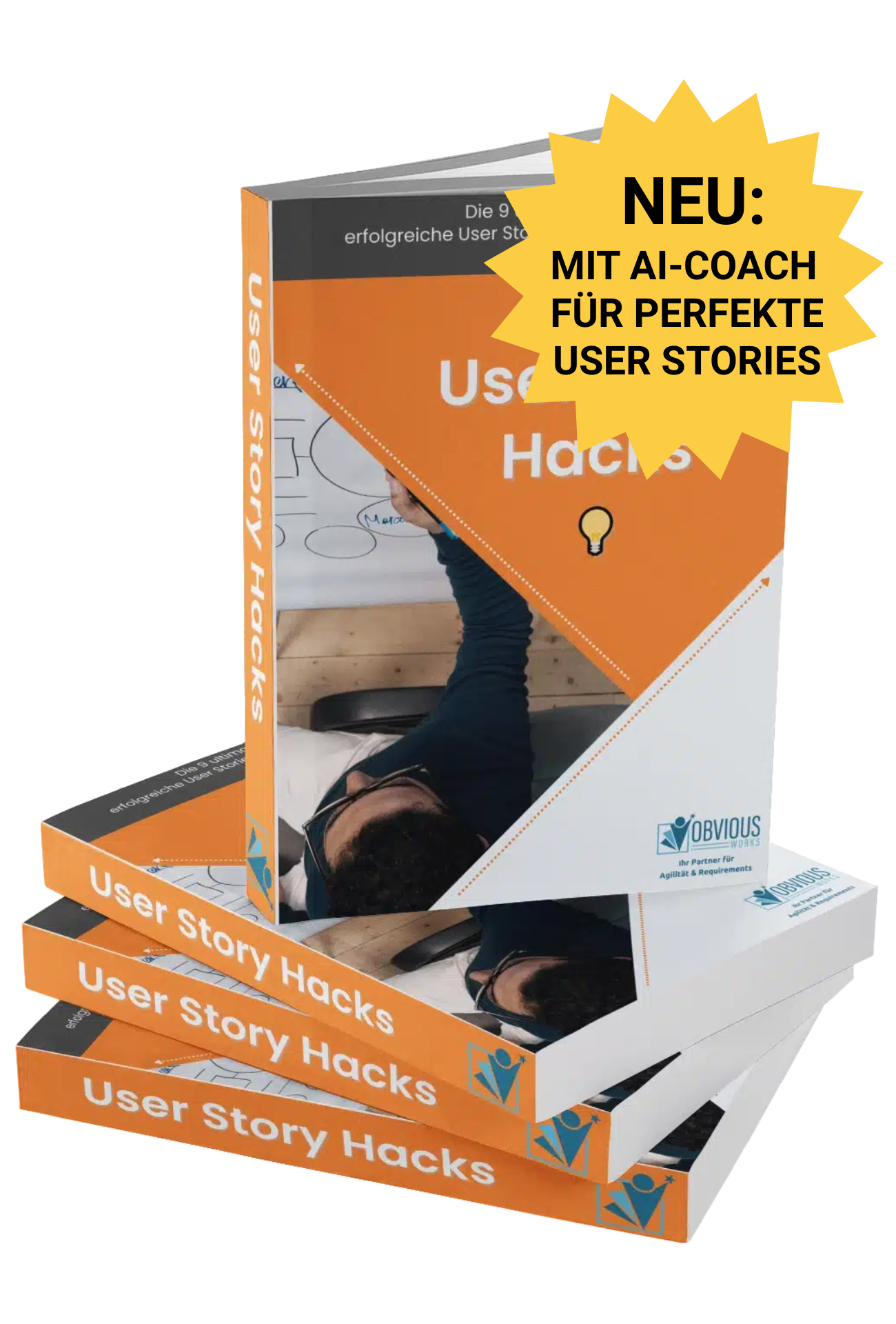252,500 lines of code. 2.5 million tokens. 7.80 euros per complete analysis. These figures will determine whether your development team will still be competitive in 2025 or whether it will sink into the digital dust.
While your competitors are already developing with AI support, you are still struggling with the fundamental question: Which platform? What costs? What ROI? No more of that. Today you get clarity.
The inconvenient truth about token costs
Forget everything sales teams have told you about "affordable AI integration". There is no flat rate or all-inclusive solution that is GDPR-compliant. Every single interaction your developers have with the AI costs tokens.
Input tokens arise with everything that is sent to the model - code, questions, context. Output tokens are incurred for each AI response and cost 5 to 8 times as much as the input tokens. This is the reality you have to calculate with.
Concrete figures?
- A simple code completion: ~200 tokens (0.001 Euro)
- Bug fix with Stacktrace: ~1,500 tokens (0.006 Euro)
- Read in your complete project: 2.6 million tokens (7.80 euros)
Sounds like peanuts? Wait and see.
The multiplayer effect: When five developers load the same project
This is where it gets interesting. And expensive. Without an intelligent solution, each of your five developers pays the full 7.80 euros for reading in the project. Every day. With every new context window.
Standard scenario without optimization:
- Developer A loads project in the morning: 7.80 euros
- Developer B arrives one hour later: 7.80 euros
- Developer C after the lunch break: 7.80 euros
- Multiplier: 5 developers × 7.80 euros × 20 working days = 780 Euro/month
Only for project loading. Without a single productive prompt.
Langdock vs. Amazon Bedrock
Langdock - The EU-compliant seat solution
Langdock comes from Berlin. GDPR-compliant. EU hosting. No data protection headaches.
The cost model:
- 25 euros per developer seat per month (fixed)
- Chat and assistants included - no usage-based costs
- API calls: Model price + 15% surcharge
The game changer: Knowledge Base Upload your project once. Permanently available for all team members. No repeated upload costs. No token burning during team onboarding.
Realistic monthly calculation for 5 developers:
- Seats: 125 Euro (5 × 25 Euro)
- API consumption: 30-60 euros (normal use)
- Total: 155-185 euros/month
Amazon Bedrock - The caching machine
Bedrock plays by different rules. Pure usage accounting. Not a seat model. But with an ace up its sleeve: Prompt Caching.
How prompt caching works: You mark static parts of your prompt (project code, tool definitions) as a cache checkpoint. All subsequent requests with an identical prefix use the cache.
The savings are convincing:
- Up to 90% discount on cached input tokens
- Up to 85% faster response times
- Cache-Write: normal price + 25% surcharge
- Cache-Read: only 10% of the base input price
The catch: Cache expires after 5 minutes. Extendable with continuous use. But if developer B only comes in the afternoon? Tough luck. Cache expires. Full costs.
Realistic monthly calculation:
- With perfect cache timing: 25-35 euros/month
- With cache misses (realistic): 60-80 euros/month
- Without caching: 150-200 Euro/month
Use case analysis: What do tokens really cost?
Not all AI actions are equally expensive. The differences? Dramatic.
The affordable classics:
- Code completion: 200 tokens × 50/day = 2 euros/month
- Quick fixes: 500 tokens × 20/day = 3 euros/month
- Syntax checks: 100 tokens × 100/day = 3 euros/month
The middle class:
- Unit test generation: 1,500 tokens × 5/day = 22 euros/month
- Code reviews: 3,000 tokens × 3/day = 27 euros/month
- Refactoring proposals: 2,000 tokens × 4/day = 24 euros/month
The token eaters:
- Complete documentation: 50,000+ tokens = 150 euros per run
- Project analysis (287k lines): 2.6 million tokens = 7.80 euros per scan
- Architecture reviews: 100,000+ tokens = 300 euros
The lesson? Set limits. A maximum of one complete analysis per week. Approach the rest modularly.
The hybrid approach: best of both worlds
Why choose one solution when you can combine both?
The hybrid strategy:
- Long dock as a base (155-185 euros/month)
- Daily Business covered
- Knowledge base for project context
- GDPR-safe for sensitive data
- Bedrock for special cases (~20 euros/month extra)
- Batch jobs (documentation, tests)
- High-volume analyses
- Experimental features
Total costs: 175-205 euros/month for 5 developers
That's less than a senior developer day. For the productivity of your entire team.
Implementation: The 3-phase plan
Phase 1: Quick Start (week 1-2)
Start with long dock. Ready for use immediately. No setup time wasted.
- Activate seats for all developers
- Fill knowledge base with project artifacts
- Establish initial workflows
- Implement usage tracking
Phase 2: Optimization (month 2-3)
Analyze actual usage. Identify token guzzlers.
- Which use cases dominate?
- Where do unnecessary costs arise?
- Which developers are power users?
- Do you need additional capacity?
Phase 3: Scaling (from month 4)
Make decisions based on data.
Scenario A: Costs within reasonable limits? Stay with Langdock.
Scenario B: Documentation peaks? Add Bedrock caching for batch jobs.
Scenario C: Massive scaling? Evaluate dedicated Bedrock instance.
The hidden cost traps
Trap 1: The context window overflow
Modern LLMs have context windows of 100k-200k tokens. Sound like a lot? Your 252k line project easily exceeds that. Result: Several calls necessary. Costs explode.
Solution: Modular working. Only load relevant code parts.
Trap 2: The power user surprise
An enthusiastic developer can easily consume 3 million tokens per month. With five power users without limits? 450 euros just for API calls.
Solution: Set user limits. Alerts when limits are exceeded.
Trap 3: The documentary sprint
"Let's quickly document the entire code base." 50,000 tokens × 100 modules = 5 million tokens = 150 euros. In one afternoon.
Solution: Staggered documentation. Prioritization according to business value.
ROI calculation: Why AI still pays off
Yes, AI costs money. But do the math:
Without AI:
- Code review: 2 hours senior dev = 200 Euro
- Writing unit tests: 4 hours = 400 euros
- Documentation: 8 hours = 800 Euro
- Total: 1,400 euros for one day
With KI:
- Same tasks: 200 Euro token costs
- Time saving: 75%
- Quality: Consistently high
- ROI: 600% in one month
The question is not whether you can afford AI. The question is whether you can afford NOT to use one.
Practical tips for everyday life
Tip 1: Cache strategy for Bedrock
Structure your prompts intelligently. Static part (project code, rules) always at the front. Variable questions at the back. This is how you maximize cache hits.
Tip 2: Knowledge Base Hygiene at Langdock
Keep the knowledge base up to date. Outdated code leads to incorrect suggestions. Establish weekly updates as a standard process.
Tip 3: Metrics that count
- Tokens per developer per week
- Cache hit rate (for Bedrock)
- Knowledge base access (for Langdock)
- Cost per feature/bug fix
Tip 4: Team synchronization
At Bedrock: Developers coordinate for cache usage. "Hey team, I'm loading the project right now. Next 5 minutes cache active!"
With Langdock: load once, everyone benefits. No coordination effort.
The decision matrix
Choose Langdock if:
- GDPR/EU compliance is critical
- Plannable costs more important than absolute minimization
- Team works asynchronously
- Focus on knowledge sharing
Choose Bedrock if:
- Costs must be absolutely minimized
- Team works synchronously (cache usage)
- AWS is already your main infrastructure
- Maximum flexibility is required
Choose hybrid if:
- Best-of-both-worlds desired
- Budget available (175-205 euros/month)
- Different use cases must be covered
- Future security is important
Looking ahead
AI in software development is not a trend. It is the new reality. Companies that do not act now will no longer be competitive in 2025.
The good news? At 155-205 euros per month for a team of 5, it's affordable to get started. The bad news? Your competition has probably already started.
Matthias (AI Ninja)
Matthias puts his heart, soul and mind into it. He will make you, your team and your company fit for the future with AI!
About Matthias Trainer profile
To his LinkedIn profile
FAQs - Questions and answers
How exactly does it work with the tokens - what is actually counted?
Every word, every character that you send to or receive from the AI is converted into tokens. As a rule of thumb: 1 token ≈ 4 characters. One line of code has about 10-20 tokens. Input tokens (what you send) are cheap, output tokens (AI response) cost 5 to 8 times as much.
Can I track the costs per project or only per period?
Time-based tracking is standard - you see the total monthly costs per user. Project-specific tracking is only possible with additional effort: add tags to prompts, implement your own usage tracking or assign cost centers via separate API keys.
What happens when my 5-minute cache at Bedrock expires?Your Title Goes Here
The cache expires and the next identical prompt costs full again. But: The cache is automatically extended with continuous use. Tip: At Anthropic Claude you can also book 1-hour caches for an extra charge.
Your Title Goes HereIs the Langdock Knowledge Base really permanent or do I have to refresh it too?
The Knowledge Base is permanently available as long as you pay. But: You SHOULD update it regularly if your code changes. Otherwise the AI will work with outdated information. Weekly updates are best practice.
How realistic are the 155-185 euros for 5 developers really?
This is based on real usage: 5 seats at 25 euros each = 125 euros fixed. Plus 30-60 euros API costs for normal developer use (code completion, bug fixes, small tests). Power users or documentation sprints drive up the costs. Therefore: Set limits and monitor!



